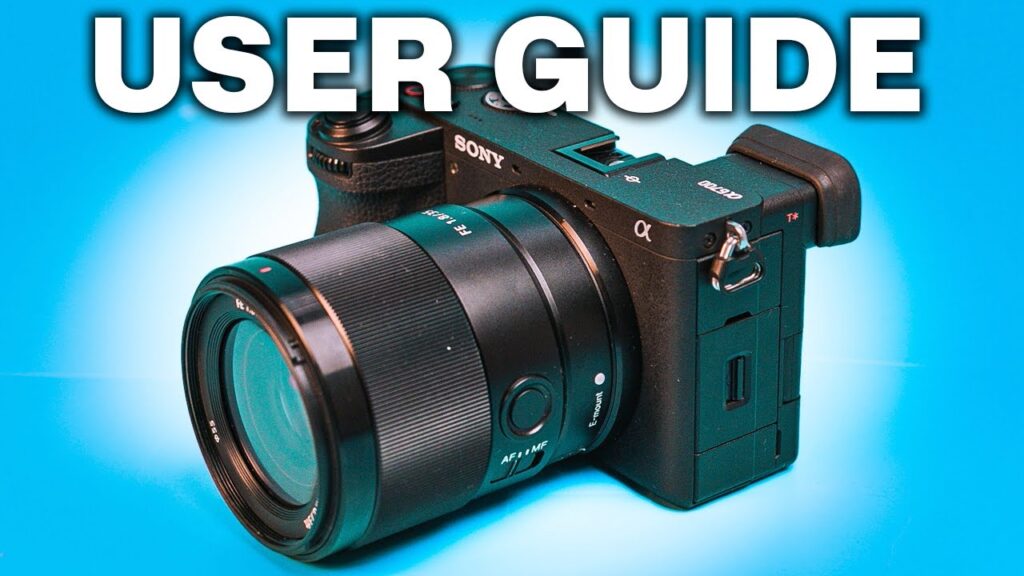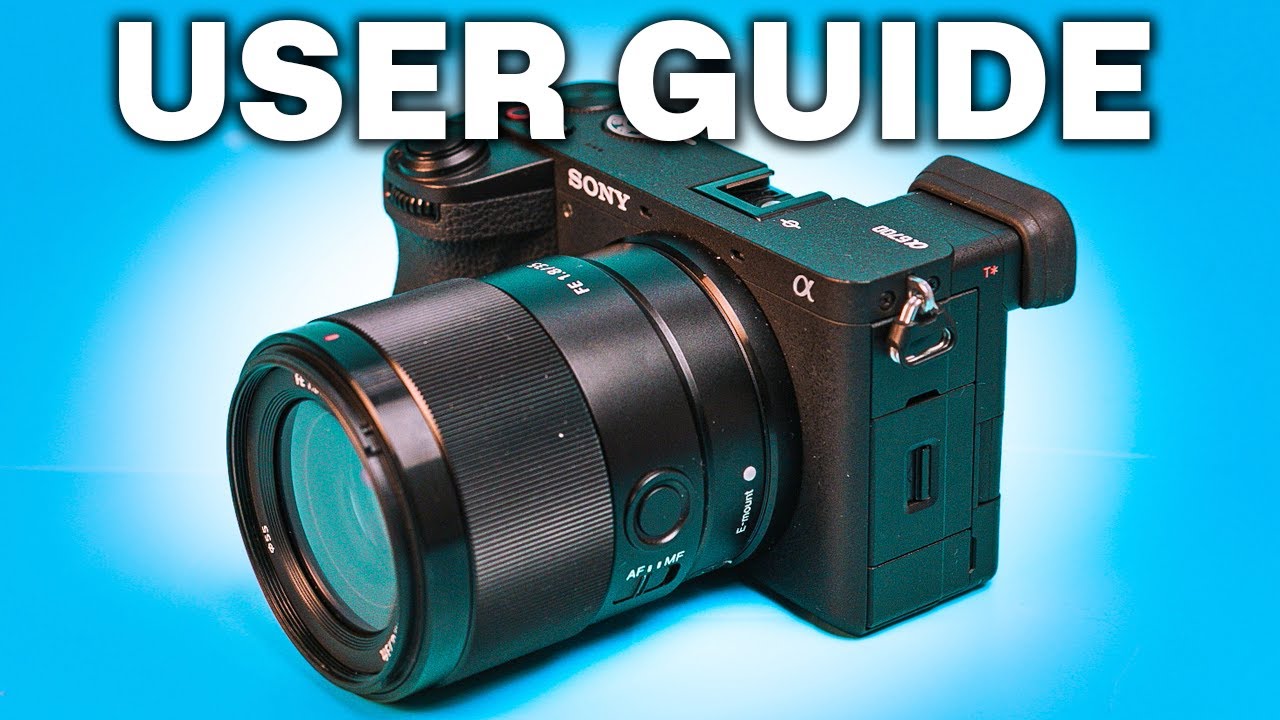
Ethos Made Simple: A Beginner’s Guide to Camera Mastery
The world of photography can seem daunting. With a dizzying array of cameras, lenses, and technical jargon, it’s easy to feel overwhelmed before you even take your first picture. But at its heart, photography is a simple act: capturing a moment in time. And the key to mastering that act, the very ethos of photography, is understanding the fundamentals. This beginner’s guide to camera mastery will break down the core concepts, demystifying the process and empowering you to take control of your camera and your creative vision.
This article will serve as a comprehensive introduction, focusing on the essential elements that every aspiring photographer needs to know. We’ll explore the crucial components of your camera, delve into the principles of exposure, and discuss how to choose the right equipment for your needs. By the end, you’ll be well on your way to not just taking pictures, but creating photographs that tell a story.
Understanding Your Camera: The Anatomy of a Photograph
Before we dive into the intricacies of exposure and composition, let’s get acquainted with the tools of the trade. Your camera, whether a DSLR, mirrorless, or even a high-end smartphone, is a complex instrument, but it can be broken down into its core components:
- The Lens: This is your eye to the world. The lens gathers light and focuses it onto the sensor. Lenses come in various focal lengths, affecting the field of view and the magnification of your subject. A wider lens captures more of the scene, while a telephoto lens brings distant objects closer.
- The Sensor: This is the heart of your camera, the digital equivalent of film. The sensor captures the light that passes through the lens and converts it into an image. Sensors vary in size, and a larger sensor generally captures more light and produces a higher-quality image, especially in low-light conditions.
- The Aperture: This is the opening in the lens that controls the amount of light that reaches the sensor. It’s measured in f-stops (e.g., f/2.8, f/16). A wider aperture (smaller f-number) lets in more light and creates a shallow depth of field (blurry background), while a narrower aperture (larger f-number) lets in less light and creates a deeper depth of field (more of the scene in focus).
- The Shutter: This is a mechanical curtain that opens and closes to control the amount of time the sensor is exposed to light. Shutter speed is measured in seconds or fractions of a second (e.g., 1/200th of a second, 2 seconds). A faster shutter speed freezes motion, while a slower shutter speed blurs motion.
- ISO: This setting determines the sensor’s sensitivity to light. A lower ISO (e.g., 100) is less sensitive to light and produces a cleaner image, while a higher ISO (e.g., 3200) is more sensitive to light, allowing you to shoot in darker conditions, but it can also introduce more noise (graininess) into the image.
Understanding these components is fundamental to camera mastery. They work together in a delicate dance to capture the perfect exposure.
The Exposure Triangle: Mastering the Light
The ethos of photography revolves around capturing light. The Exposure Triangle is the cornerstone of understanding how light interacts with your camera’s settings. It’s a simple concept, but mastering it is crucial to achieving well-exposed photographs. The three sides of the triangle are:
- Aperture: As mentioned earlier, aperture controls the amount of light entering the lens and affects the depth of field.
- Shutter Speed: This controls the duration of the exposure, affecting both the brightness of the image and how motion is captured.
- ISO: This dictates the sensor’s sensitivity to light, impacting image brightness and noise levels.
The goal is to find the right balance between these three settings to achieve a properly exposed image – one that is neither too bright (overexposed) nor too dark (underexposed). Changing one setting will inevitably affect the others. For example, if you increase the aperture (smaller f-number), letting in more light, you might need to increase the shutter speed (faster) or decrease the ISO to compensate.
Experimenting with the Exposure Triangle is key to developing your photographic eye. Try shooting the same scene with different combinations of aperture, shutter speed, and ISO and observe how the image changes. This hands-on practice is the best way to internalize the principles of exposure and achieve true camera mastery.
Composition: Crafting Your Vision
Once you understand the technical aspects, it’s time to focus on the art of photography: composition. Composition is how you arrange the elements within your frame to create a visually appealing and impactful image. Here are some fundamental composition techniques:
- The Rule of Thirds: Imagine dividing your frame into nine equal sections using two horizontal and two vertical lines. Place key elements of your scene along these lines or at their intersections to create a more balanced and visually interesting composition.
- Leading Lines: Use lines within your scene (roads, fences, rivers) to guide the viewer’s eye through the photograph and towards the main subject.
- Symmetry and Patterns: Symmetry and repeating patterns can create visually pleasing and harmonious images.
- Framing: Use elements in the foreground, such as branches or doorways, to frame your subject and draw the viewer’s attention.
- Negative Space: Embrace empty space around your subject to create a sense of balance and draw focus to the main element.
These are just a few of the many composition techniques available. The best way to learn is to practice and study the work of other photographers. Analyzing their compositions will help you develop your own eye and refine your ability to create compelling images. The ethos of good composition is about telling a story, guiding the viewer’s eye, and creating a visually engaging experience.
Choosing Your Gear: A Beginner’s Perspective
The camera market is vast, and choosing the right equipment can feel overwhelming. However, for beginners, the focus should be on learning the fundamentals rather than acquiring the most expensive gear. Here’s a simplified approach:
- Camera Body: Start with a DSLR or mirrorless camera. These cameras offer more control over settings and generally produce higher-quality images than smartphones. Consider a camera with a good lens selection and a comfortable grip.
- Lens: A versatile kit lens (typically an 18-55mm zoom lens) is a good starting point. As you progress, you can explore other lenses, such as a prime lens (fixed focal length) for sharper images and a wider aperture.
- Accessories: A camera bag, extra batteries, and a memory card are essential. A tripod can be helpful for shooting in low-light conditions or creating long exposures.
Don’t feel pressured to buy the most expensive equipment. A good camera is a tool, and the most important thing is to learn how to use it effectively. The ethos here is to start simple and build your skills gradually.
Practice and Patience: The Path to Camera Mastery
Mastering the art of photography takes time and dedication. There’s no shortcut to becoming a skilled photographer. It’s a journey of continuous learning and experimentation. Here are some tips to help you along the way:
- Practice Regularly: The more you shoot, the better you’ll become. Make photography a habit.
- Experiment with Different Settings: Don’t be afraid to try new things and push your creative boundaries.
- Study the Work of Other Photographers: Analyze their compositions, techniques, and styles.
- Get Feedback: Share your photos with other photographers and ask for constructive criticism.
- Don’t Give Up: Photography is a challenging but rewarding art form. Be patient with yourself and keep learning.
The ethos of photography ultimately boils down to passion, practice, and perseverance. Embrace the journey, enjoy the process, and never stop learning. The path to camera mastery is a lifelong pursuit, but the rewards – the ability to capture and share your unique perspective on the world – are immeasurable.
Beyond the Basics: Taking Your Photography Further
Once you’ve grasped the fundamentals of camera mastery, you can begin to explore more advanced techniques and areas of photography. Consider these options:
- Explore Different Genres: Experiment with various types of photography, such as portraiture, landscape, street photography, and wildlife photography.
- Learn Post-Processing: Mastering photo editing software, such as Adobe Lightroom or Photoshop, can significantly enhance your images.
- Develop Your Personal Style: Find your unique voice and create a body of work that reflects your individual vision.
- Consider Workshops and Courses: Take advantage of the opportunity to learn from experienced photographers and improve your skills.
The journey of a photographer is a continuous evolution. By embracing the ethos of learning and experimentation, you’ll consistently improve your skills and develop your artistic vision. The goal is not just to take pictures but to create meaningful art. The ethos of a true artist is to constantly seek improvement.
This beginner’s guide to camera mastery has provided a solid foundation for your photographic journey. Remember to focus on the fundamentals, practice consistently, and never stop exploring the world through your lens. The core principle, the very ethos of photography, is about seeing the world differently and sharing that unique perspective. Now, go out there and start creating!
The principles of camera mastery are accessible to anyone willing to learn. The ethos of photography is not about expensive equipment but about understanding light, composition, and the creative process. With dedication and practice, you can unlock your potential and capture stunning photographs. Understanding the ethos of photography will help you excel.
The ethos of photography is about capturing moments, telling stories, and expressing your unique vision. The ethos of photography should encourage you to go out and create.
[See also: Related Article Titles]


